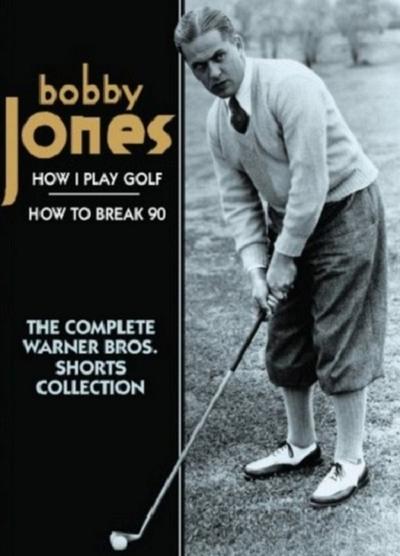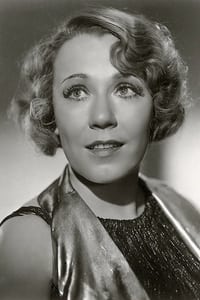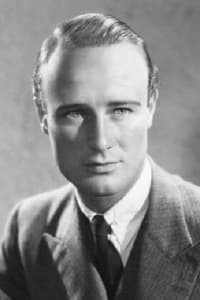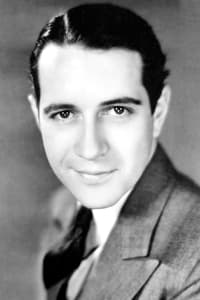How I Play Golf, by Bobby Jones No. 11: 'Practice Shots'
Genres
Documentary
OverView
Golf expert Bobby Jones arrives on the golf course to join actors James Cagney, Anthony Bushell, Donald Cook, Evalyn Knapp, and Louise Fazenda in shooting a golf instruction film. Louise Fazenda however has no knowledge of golf and her ongoing commentary disrupts Jones's attempts to practice. While Cagney and Bushell hold Louise's mouth shut, Jones demonstrates his approach to golf. Later, upon arrival of director George Marshall, Louise is sent off "to practice" alone while the cast and crew go about shooting the film.
Others
Budget
$--
Revenue
$--
Status
Released
Original Language
English
Runtime
11 mins
Rating
6.3/10
Release Date
15 April 1931
Country
United States of America







